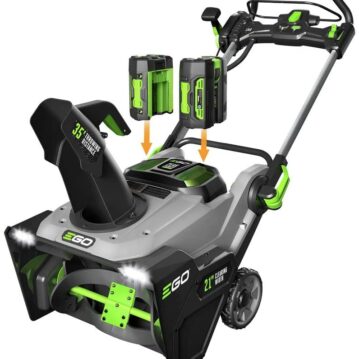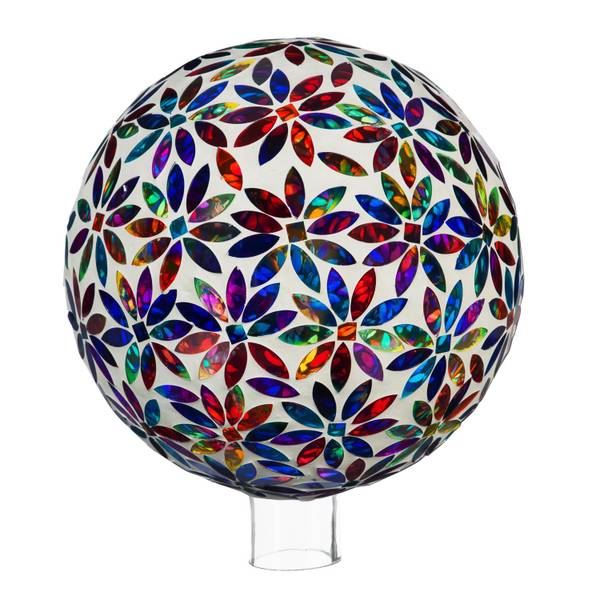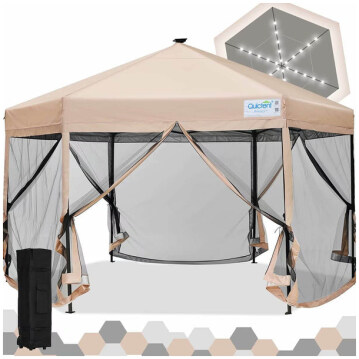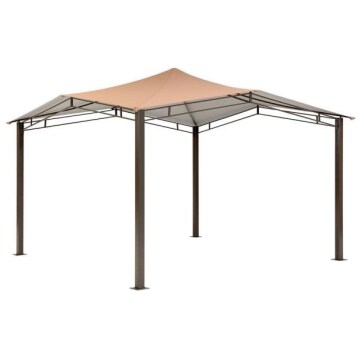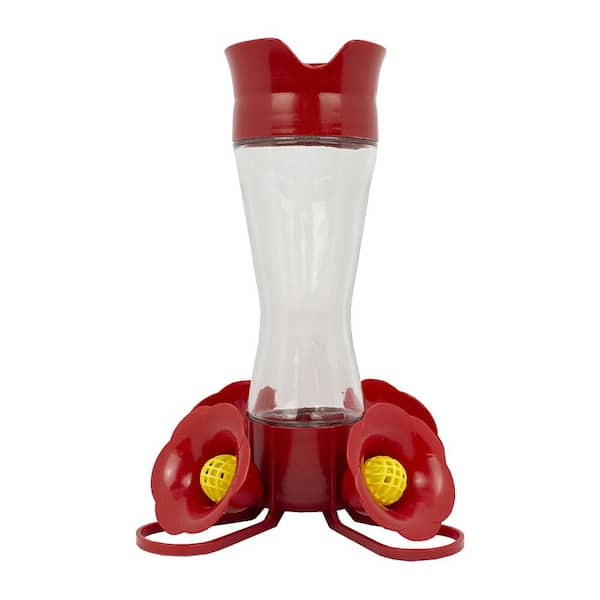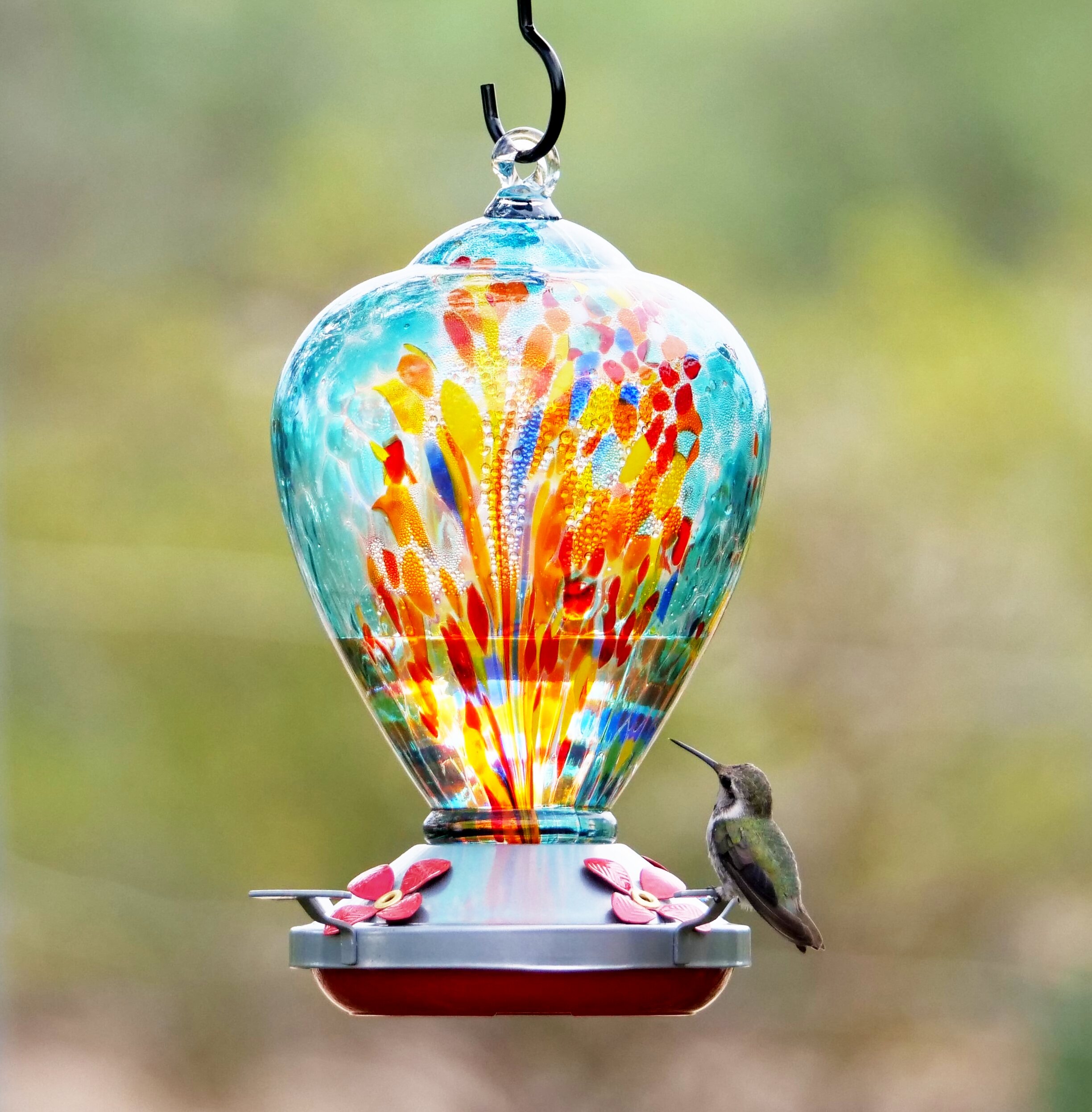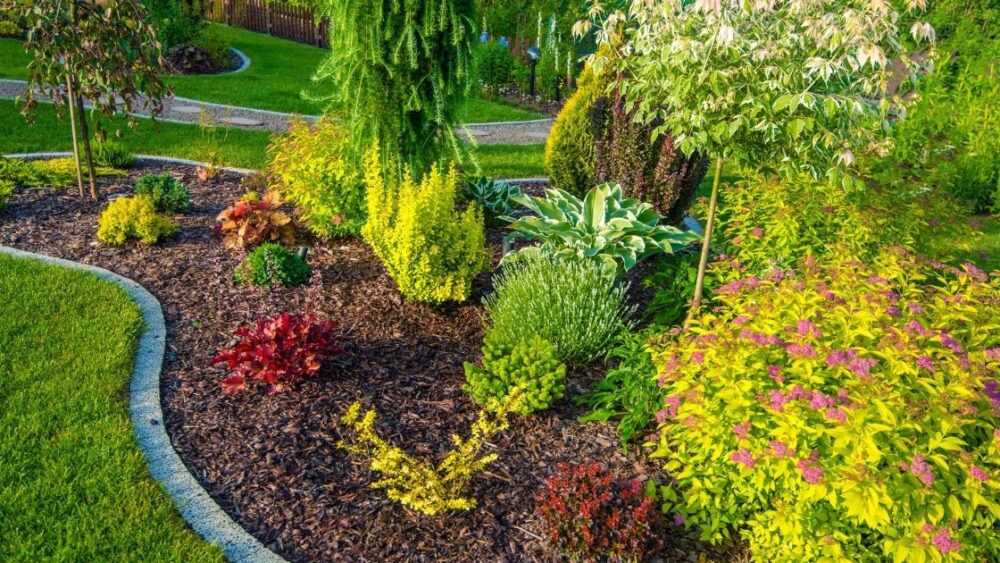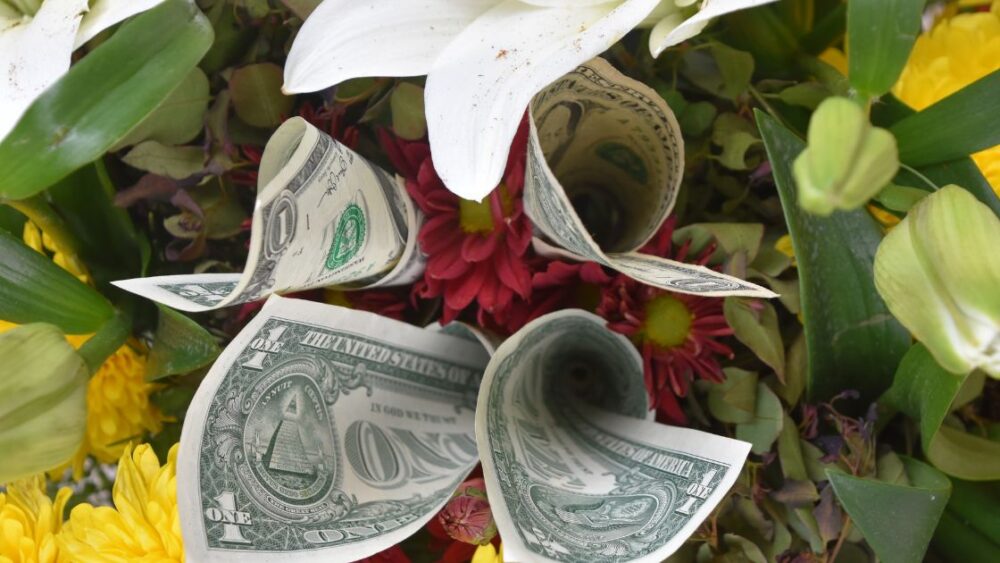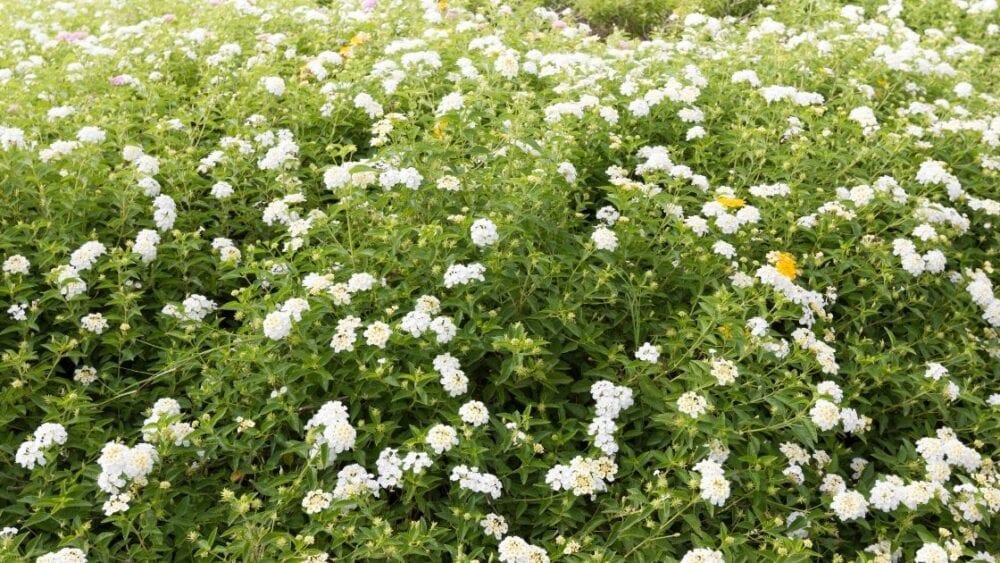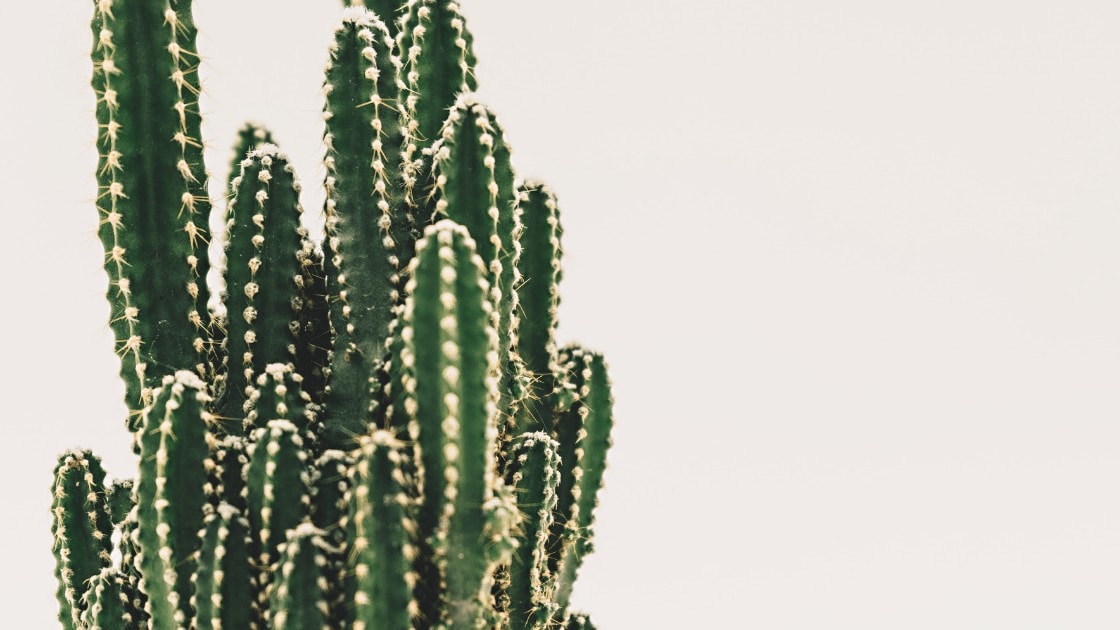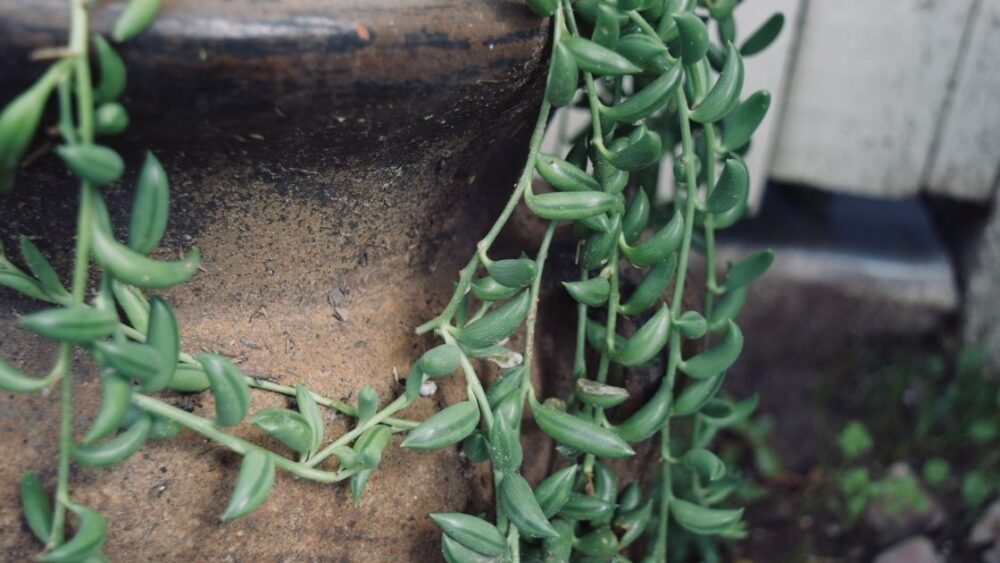
Hummingbirds were a symbol of good fortune and good luck by Native Americans and a enjoyment to watch by many. While hummingbird are fairly easy to attract to one’s yard, you can increase your chances by planting vines, lilies, sages, and many different types of flowering plants, and of course the easiest, hummingbird feeder. In this article we will discuss what the different types of feeders and what flowers attract these wonderful creatures.
So can we encourage hummingbirds to nest in our backyards? The answer is yes. Let’s look at we can attract them with feeders, plants, and trees.
Hummingbird Feeders
You can attract hummingbirds with a simple DIY feeder filled with nectar you make yourself. When you purchase feeders, you will notice that the color “red” is highlighted. This is because hummingbirds relate the color red to their feeding environment of flowers with the color red in them. There are a variety of feeders for these tiny winged birds.
Browse our Affiliate Products
Plastic Feeders
Plastic hummingbird feeders are very affordable. They are very light in weight and if they are dropped, they will not break. However, since plastic is affected by the sun, locate your plastic hummingbird feeder in a location for feeders that are not placed direct sunlight.
There are 3 favorite types of plastic feeders.
- The first is a dish structure. It holds your nectar in a covered saucer shape. The base opening is large enough to accommodate more than 5 hummingbirds at a time. A round dish feeder can be mounted, hung, or attached to a window.
- The second plastic feeder style is the top fill feeder. The top can be screwed and unscrewed for cleaning and replenishing the nectar. It contains a float mechanism for allowing just the right amount of nectar to be dispensed.
- The third style of plastic hummingbird feeder is the traditional bottom fill feeder. It is designed with an inverted reservoir attached to a tray. The inversion style creates a vacuum seal environment to keep the nectar from leaking or allowing too much nectar to spill out.
Glass Feeders

Glass feeders are a personal option. Hummingbirds are not attracted to what you use to offer nectar. Glass is simply a unique, attractive, and sturdy vehicle to feed them. Using varied glass designed feeders will not hurt the hummingbirds.
You can ornate your garden with glass feeders that are either stained glass, etched, or decorative hand-blown glass feeders. Glass hummingbird feeders are also available in the same design as plastic feeders.
Hand-Held Feeders
Yes, you can hand-feed a hummingbird! When you want the joy and adventure of feeding hummingbirds by hand, you can use different methods. If you have a backyard feeder, it means that they are used to this environment.
The next step for a personal hand-held experience is to stand still like a mannequin near the feeder. Invest in a red, flower looing mini hand-held hummingbird feeder. For this experiment, buy a mini feeder with only one feeding port.
You want to attract one hummingbird at a time. Fill the feeder with nectar and hold it in your hand. When they get use to you being within the range of their feeders, remove the hanging feeder or planted feeder. Hold your hand out, with your palms upward. Be patient! Because hummingbirds want and need nectar food, it won’t take long until they are feeding out of your hand.
How to Care for Your Feeder

Hummingbird feeders are very versatile. They can be hung, staked in flower beds or in placed in planters. Placing them on the window with a strong suction cup feature gives you an intimate experience that is great.
Wherever you invite hummingbirds into your garden with nectar, they will appear. Their versatility also extends to designs that include a pinch-waist feeder design in both plastic and glass. If the feeder base holds enough nectar, this will bring hummingbirds into your viewing pleasure.
Replace your bird feeders when they become old. You can repaint a hummingbird feeder at the appropriate time, but the paint should be organic in nature. However, it is much preferred to buy a new and colorful feeder.
If you use multiple feeders, keep them far enough apart for each other. Hummingbirds look like dainty little creatures, but they are aggressive and can feeder territorial. To attract hummingbirds, we must provide a safe and nutritious environment.
Hummingbirds are like humans –“ who wants to drink out of a dirty environment.” Old nectar solutions and dirty feeders turn hummingbirds away from your feeder. Feeders of all types should be clean weekly.
In using natural or organic cleaning solutions, use vinegar mixed with water to clean your feeder. Make sure you rinse and dry thoroughly before you fill it with fresh sugar/water. Also, change your sugar/water after a couple of days if the hummingbird has left any.
Nectar Recipe
Because nectar-filled flowers vary in how much there is, your nectar solution will likely vary also. The basic nectar solution is four parts water to one-part sugar. Ensure that the sugar is well dissolved. Often warm water is used so that the sugar dissolves quicker.
Zookeepers and the Audubon Society suggests that refined white sugar is to be used. In case you hear that red food-dye should be used to color the water to attract the birds, this is erroneous. Food dye could prove harmful to their system.
What does a hummingbird diet consist of? We see these unique creatures flying from flower to flower, but this is not all the exist on. Hummingbirds of all species cannot live on nectar alone. Ornithologists have studied the digestive system of hummingbirds.
Their digested contents have consisted of flies, wasps, gnats, spiders, and other insects. Entomologists have long known that certain insects ingest and poop sweet nectar extracted from flowers or trees. As a result, hummingbirds are drawn to eating these insects.
Amazingly, hummingbird experts have discovered that they also drink tree sap. Tree sap contains a sugary content and amino acids that aid in the hummingbird’s digestive system. The sugar maple tree is the hummingbird’s favorite sap-filled tree.
Additionally, hummingbirds are known to sip the juice of over-ripe fruits like banana, melon, persimmons, pears, apples, etc. Several species of hummingbirds enjoy drinking the sweet sugary content of over ripped fruits.
Plants and Trees Used to Attract Hummingbirds

Hummingbirds like the coverage that forests provide when they are looking to give birth. A mixture of trees, plants, or shrubs attracts these amazing birds. Even rural areas work well for hummingbirds. If you live in the city, you can use foliage to attract hummingbirds.
This is especially true when you provide food and trees for nesting before it is time to migrate again. When a hummingbird discovers your garden and yard, they will return frequently during their migration period.
Planting and landscaping your yard to attract hummingbirds is made easier with the many colorful and flowering plants and trees that are available. Planting specific plants and trees helps you to create a feeder-free environment.
Plants
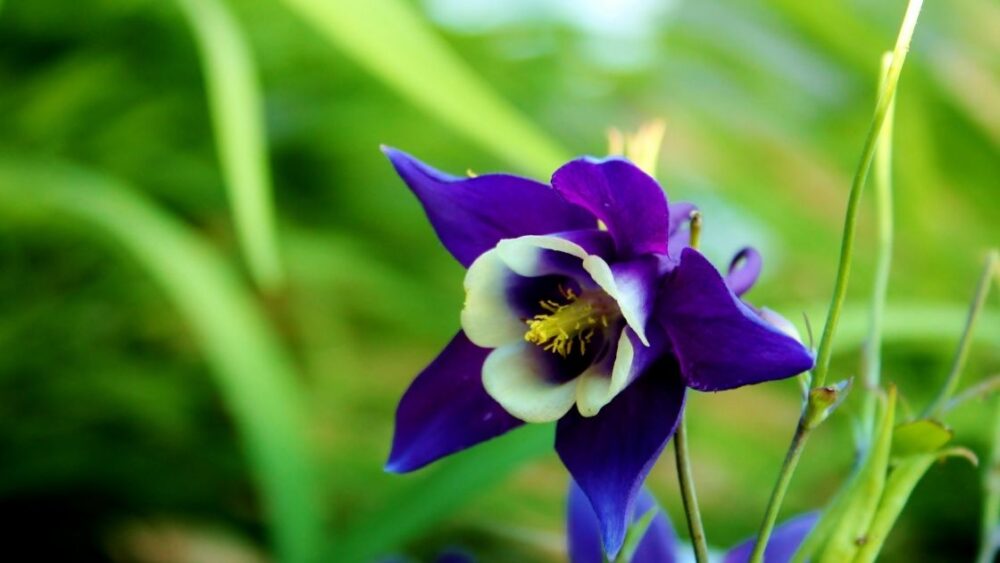
When you are choosing the right flowering plants to place in your yard for hummingbirds, you are not limited to the color red. Hummingbirds are also attracted to floral-scented white, pink, blues, and purple.
These colors represent a plant rich in natural nectar. Remember that your choice of plants is not just based on the color of flowers it grows. Plants have other attractions to hummingbirds whether they are hanging plants, bedding plants, annuals, or perennials.
If your wondering how to start a flower garden, click our article here: How to Start a Flower Garden for Beginners
A favorite sugar-producing plant for hummingbirds is flowering vines. Don’t plant them near your home because the following vine species grow thick and quick. Flowering vines that draw-in hummingbird throughout the U.S. is the “Trumpet Honeysuckle” or the “Cardinal Flower.”
Other plants enjoyed by hummingbird species include “columbines,” “lilies,” “bee-balms,” and “sages.” They are all known for their sweet producing flowers. Whatever flowering plant species that are native to where you live is always the best option in planting a garden to attract hummingbirds.
If you have columbines in your yard and having problems with them, check out this article. Why Is My Columbine (Aquilegia) Not Blooming? (Solutions and Care)
Trees
Let’s talk about trees for hummingbirds. These little dynamite birds like to nest near their food. Use trees with strong tree limbs. Hummingbirds will use lichens and spider webs to make their nest. They like their nests and perching sight to be slightly hidden and to keep them warm when the night turns cooler.
Male hummingbirds like perch so that they can see any enemies approaching. They also use a perch system like a snag perch to watch and grab insects. Create a snag perch by placing a thick dead branch into the ground so that the bird can sit atop.
If planting trees and the weather is hot and dry. Use a garden hose to wet down the trees. Use a mister garden hole with pinhole openings. This emits a fine spray up and into the trees. Hummingbirds like to bathe in water quite regularly. Depending on where you live, flowering tree species that invites the right migrating hummingbirds include Japanese Maples, Tulip Poplar, Locust, Eucalyptus, and more.
Just like separating multiple feeders to accommodate several hummingbirds, you also need to plant full flowering trees and plants that will accommodate several different hummingbirds at the same time. They can be territorial if their nesting and feeding area is limited. Full trees and plans will allow several hummingbirds to coexist in an area that provides plenty of food.
Tie a Yellow Ribbon Around the Old Oak Tree
There is also a notion that you should tie a couple of red/yellow/orange plastic ribbons to shrubberies, plants, and/or trees close to feeders to attract hummingbirds. Hummingbird experts have proven that these birds can see color at great distances.
It is suggested that by tying or hanging colorful ribbons or red cloths near a feeder, that you will soon hear, rather than see, a buzzing. Hummingbirds are very attracted to color and tie bright colorful ribbons near a feeder will attract them.
Final Thoughts
So far, we see that the environment for hummingbirds consists of food, nesting areas, insects, water, protection, and nectar. Watching them in your garden brings great satisfaction and joy. Their antics of hovering, advancing, retreating, sky diving, and competitive nature is amazing.
